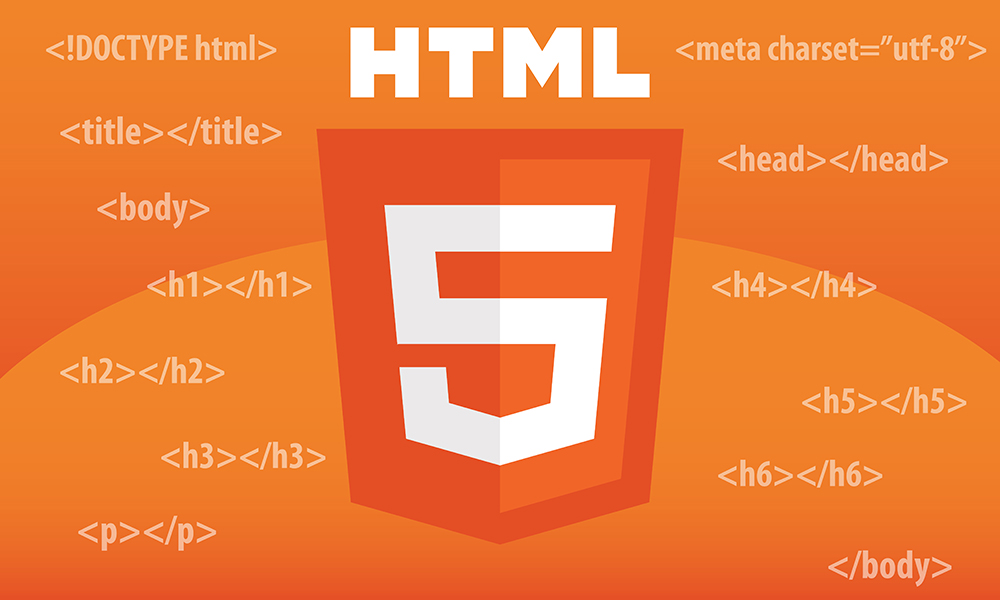Html For Beginners

What is HTML?
Hypertext Markup language (HTML) is the standard markup language used to structure web pages and their content.
Tim Berners-Lee, a physicist at the CERN research institute in Switzerland invented HTML in 1991. This first version consisted of 18 HTML tages. Now, there are currently about 140 HTML tags, although not all of them are supported by modern browsers.
1991- Tim Berners-Lee invents HTML 1.0
1993- HTML 1.0 is released. Not many developers are creating websites at this time.
1995- HTML 2.0 is published. This contains the features of HTML 1.0 plus new features. This remained the standard markup language for designing and creating websites until 1997.
1997- HTML 3.0 was invented. Here, Dave Raggett introduced a fresh draft on HTML, which improved new features of HTML and gave more powerful characteristics for webmasters in designing websites. Unfortunately, the powerful features slowed down the browser in applying further improvements.
1999- The widely-used HTML 4.0 comes out. It is very successful.
2014- HTML 5.0 is released and used worldwide. It is said to be the extended version of HTML 4.01 which was published in 2012.
HTML code structure:
Here is the basic Structure of html code.
<DOCTYPE HTML>
<!DOCTYPE html> <!-- Declaration of HTML5 document type -->
<html lang="en"> <!-- Start of HTML document with English as the language -->
<head>
<meta charset="UTF-8"> <!-- Character encoding declaration -->
<meta name="viewport" content="width=device-width, initial-scale=1.0"> <!-- Viewport settings for responsive design -->
<title>My Blog</title> <!-- Title of the blog -->
<link rel="stylesheet" href="styles.css"> <!-- Link to external CSS file -->
</head>
<body>
<!-- Header section -->
<header>
<h1>My Blog</h1> <!-- Heading of the blog -->
</header>
</html>